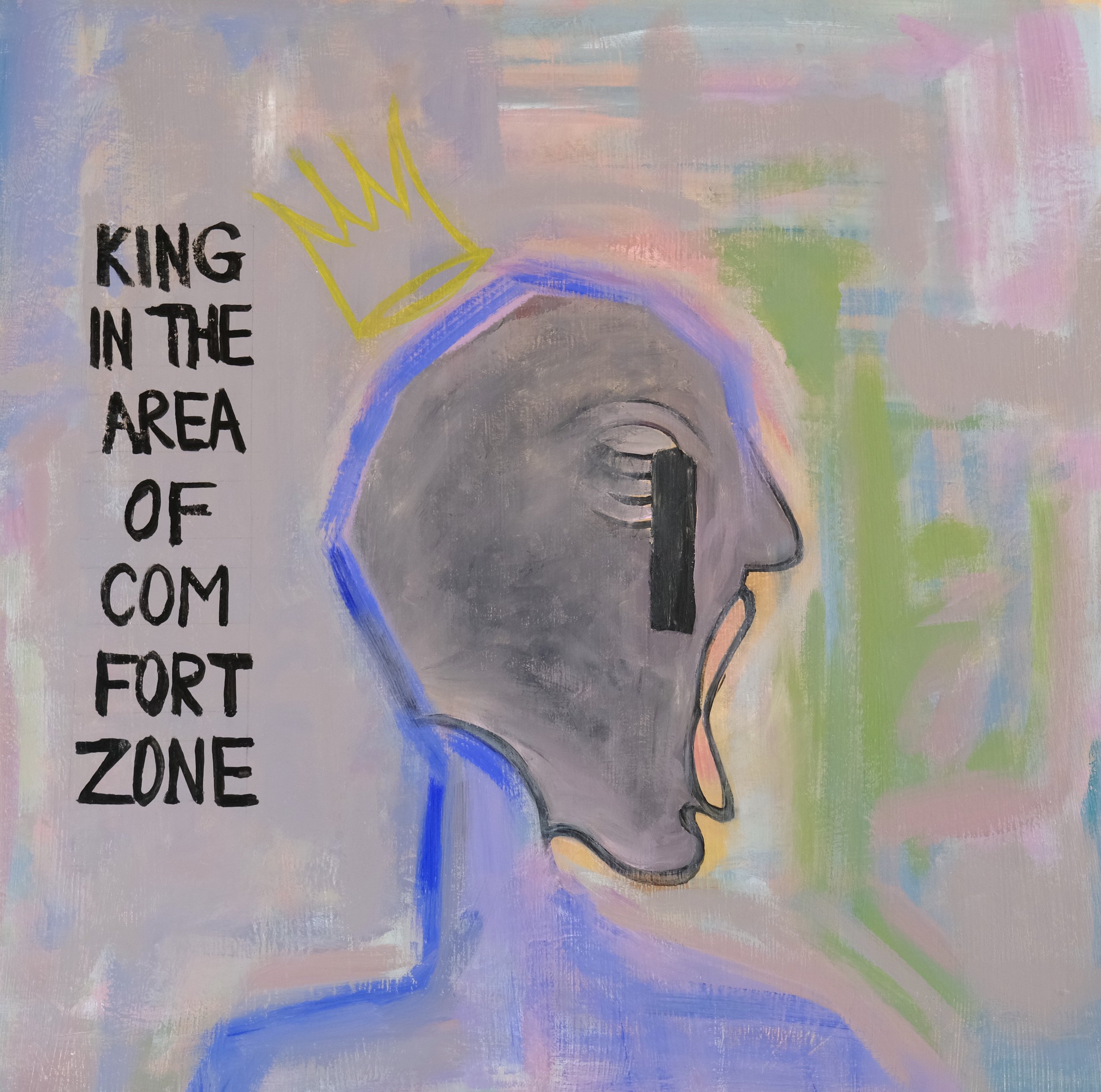Exploring the Intriguing World of Andres Serrano's Photography Show
exhibition
Andres Serrano’s photography show billboard Infamous Beauty on the West wall of the DOX
Andres Serrano, the American artist born in 1950 in New York, presents an intriguing exhibition titled "Infamous Beauty." The exhibition comprises two distinct yet interconnected parts that complement each other thematically. On the first floor, visitors can explore the comprehensive series called "Infamous," created in 2019.
Concurrently, Serrano completed another compelling project in the same year—a large-scale installation named "The Game: All Things Trump." These two series are united by their overarching theme, forming a somewhat integrated collection of objects whose sole purpose is to reflect and mirror societal aspects.
In the "Infamous" series, Serrano delves into the representation of artifacts associated with racial superiority, highlighting their historical significance and documentary value. Despite their purpose as objects of representation, the artist masterfully incorporates authentic historical images within certain pieces. This juxtaposition of racial superiority artifacts with genuine historical visuals creates a thought-provoking exploration.
DOX’s Exhibition hall ground floor
Andres Serrano has long been engaged with the themes of racial intolerance and inequality. His series, such as "Nomads" and "Klan" from the early 1990s, vividly confront the viewer with a stark contrast. While some photographs emit an apparent picturesque quality and evoke false nostalgia for a seemingly idyllic past, they simultaneously expose the darker undercurrents of history. This characteristic contrast is integral to Serrano's body of work, where even the darkest aspects are depicted with reverence and a yearning for beauty.
The artist describes "Infamous" as a collection infused with the tarnished patina of history. It narrates tales of infamy, varying in degrees of bigotry and insensitivity. Despite the desire to believe that the past remains in the past, history continually proves us wrong. It reminds us that new victims are always at risk of being attacked and marginalized, perpetuating the inhumanity of humankind.
Choosing to avert our gaze does not alleviate the situation. Within this collection, there exists a portrait of one of the most infamous figures of the 21st century, serving as a stark reminder that history is rarely a picturesque depiction. The exhibition includes a warning of graphic content, emphasizing the unflinching portrayal of human experiences throughout the ages.
Bodily Fluids is the artist's debut collection, distinct from their previous Early Works. It incorporates allusions to art history, including nods to Mondrian, Malevich, and Christian symbolism. The use of blood, milk, urine, and sperm emphasizes the corporeal essence. A clear contrast emerges between the abstract subjects and the explicit materials employed. This collection showcases the artist's appreciation for each piece's titles.
The Robots represents the author's latest body of work. It follows the series Infamous and The Game: All Things Trump. The artist gradually acquired and completed a collection of individual robot models, each with its own personality and character, representing different mentalities. The result is a unique sociological unit where each robot has its distinct role. In Infamous Beauty, they become silent commentators and guides of the exhibition.
Immersions, created alongside Bodily Fluids, is often exhibited together. The series features small sculptures of famous works placed in glass vessels filled with urine. References to Christianity and ancient themes are present, and the work Piss Christ sparked a notable debate on artistic expression in 1989.
Exhibition hall first floor, works from The Church series 1991, and the Holy Works series
Religious themes are pervasive in the author's work, reflected in personal reflections and references to art. The Church series was created in 1991, and the Holy Works series presents studio portraits of artworks. The artist's apartment resembles a late Gothic chapel.
The Morgue series, created alongside Objects of Desire, captures the purity and beauty of death. The titles reveal the cause of death, while the subjects remain anonymous, highlighting the loneliness and dehumanization of death. References to Caravaggio's Baroque paintings can be found.
Ground floor exhibition hall, The Morgue series works
Following the Nomads series, the Klan series portrays members of the Ku Klux Klan. Despite initial resistance, an artistic confrontation took place, resulting in face-hiding anti-portraits. The motif of a stretched hood, typical of Klan clothing, recurs throughout.
First floor exhibition hall, works Ku Klux Klan series
***












































This show tells the story of Rapha by showing important events from its history, and shares ideas about where cycling is heading in the future.